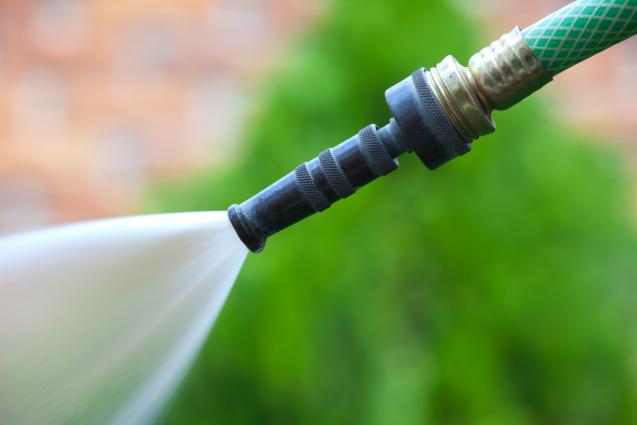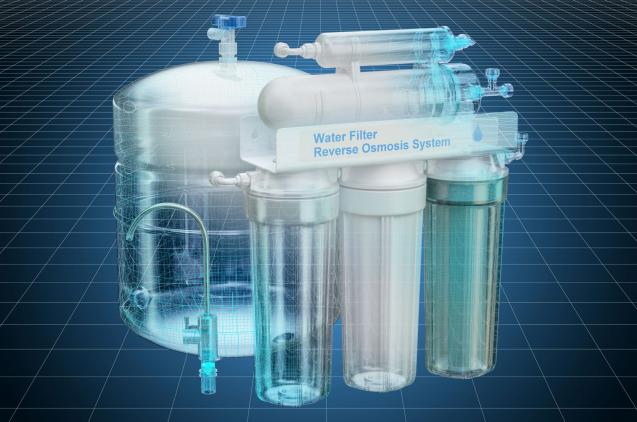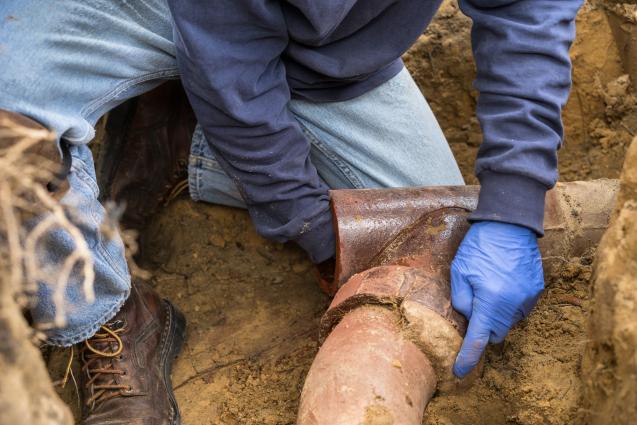
Water Costs In Canberra
By Fluid Plumbing|September 02, 2022
As the latest quarterly water bills are rolled out across the ACT you might notice your bill is looking a little heavier than normal. That's because new water costs in Canberra were set from July 1 this year, and will probably be hitting home right about now.
Water Cost Components
Aside from inflation, water prices are affected and determined by reports carried out by an independent third party. The reason for this is that Canberra water, Icon Water, is wholly supplied by the ACT government, with no rivals who might contribute to price wars or competition.
This report is conducted by the Independent Competition and Regulatory Commission. They set the prices and make recommendations for what needs to happen for quality service delivery and wastewater removal across the ACT.
On 30 June 2022 suggested prices were submitted to the Commission to determine the next set of ACT water price brackets each financial year between 2023–28.
The costs take into account daily running costs including wages, power for pumps and treatment chemicals as well as larger external factors like climate change, ageing infrastructure and population growth. With Canberra's population predicted to reach over 600,000 by 2042 there is an expected demand for more water which will also put a strain on sewage treatment plants.
Water quality, as well as waste treatment quality, are big factors that need planning and allocated funds. While low water levels are understood to be a challenge for water delivery, too much water can also cause significant problems too. Icon Water came under fire in 2021 when partially treated sewage was released into the Murrumbidgee Rivermultiple times due to a combination of reaching waste capacity and excess rain volume. These issues as well as a need to upgrade ageing engineering facilities will all contribute to increased water rates over the next five years.
Average Water Costs ACT
ACT water bills are on average higher than in other parts of Australia due to the excess water tariff. In an effort to encourage water saving there are significantly increased prices for every kL of water over the allowed 0.548kL average daily rate.
Table showing different prices for excess water usage in Canberra.
ACT Water Usage Tariffs 2021 2022 2023
Tier 1 (first 50 kL per quarter) $2.48 $2.28 $2.35
Tier 2 (per kL in excess of 50 kL per quarter) $4.99 $4.58 $4.71
The average person uses 100kL of water each year, which is how the 50kL per quarter limit is determined.
For single occupancy homes and even dual occupancy homes this cap is easy to reach, however, average Canberra families of three or more will need to pay the excess water use charges, which will significantly impact their total water bill.
Tips for Reducing Your Bills
Cutting back on the water you use in your home will have a significant impact on your water bills, especially for families that are not able to meet the 50kL limit per quarter.
Here are some simple ways you can reduce your water bills by being conscious of your water consumption.
Water Cost Components
Aside from inflation, water prices are affected and determined by reports carried out by an independent third party. The reason for this is that Canberra water, Icon Water, is wholly supplied by the ACT government, with no rivals who might contribute to price wars or competition.
This report is conducted by the Independent Competition and Regulatory Commission. They set the prices and make recommendations for what needs to happen for quality service delivery and wastewater removal across the ACT.
On 30 June 2022 suggested prices were submitted to the Commission to determine the next set of ACT water price brackets each financial year between 2023–28.
The costs take into account daily running costs including wages, power for pumps and treatment chemicals as well as larger external factors like climate change, ageing infrastructure and population growth. With Canberra's population predicted to reach over 600,000 by 2042 there is an expected demand for more water which will also put a strain on sewage treatment plants.
Water quality, as well as waste treatment quality, are big factors that need planning and allocated funds. While low water levels are understood to be a challenge for water delivery, too much water can also cause significant problems too. Icon Water came under fire in 2021 when partially treated sewage was released into the Murrumbidgee Rivermultiple times due to a combination of reaching waste capacity and excess rain volume. These issues as well as a need to upgrade ageing engineering facilities will all contribute to increased water rates over the next five years.
Average Water Costs ACT
ACT water bills are on average higher than in other parts of Australia due to the excess water tariff. In an effort to encourage water saving there are significantly increased prices for every kL of water over the allowed 0.548kL average daily rate.
Table showing different prices for excess water usage in Canberra.
ACT Water Usage Tariffs 2021 2022 2023
Tier 1 (first 50 kL per quarter) $2.48 $2.28 $2.35
Tier 2 (per kL in excess of 50 kL per quarter) $4.99 $4.58 $4.71
The average person uses 100kL of water each year, which is how the 50kL per quarter limit is determined.
For single occupancy homes and even dual occupancy homes this cap is easy to reach, however, average Canberra families of three or more will need to pay the excess water use charges, which will significantly impact their total water bill.
Tips for Reducing Your Bills
Cutting back on the water you use in your home will have a significant impact on your water bills, especially for families that are not able to meet the 50kL limit per quarter.
Here are some simple ways you can reduce your water bills by being conscious of your water consumption.
- Set a timer for showers
- Turn off the tap while brushing teeth or shaving
- Fix leaks and dripping taps
- Upgrade to quality dishwashers and washing machines with high start water saving ratings
- Change to a low-flow shower head
- Use rainwater to water the garden



